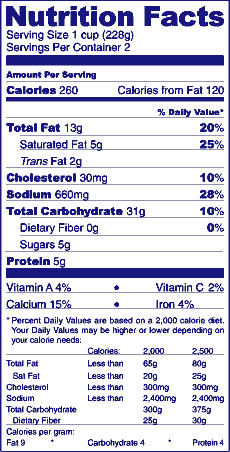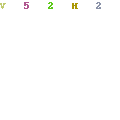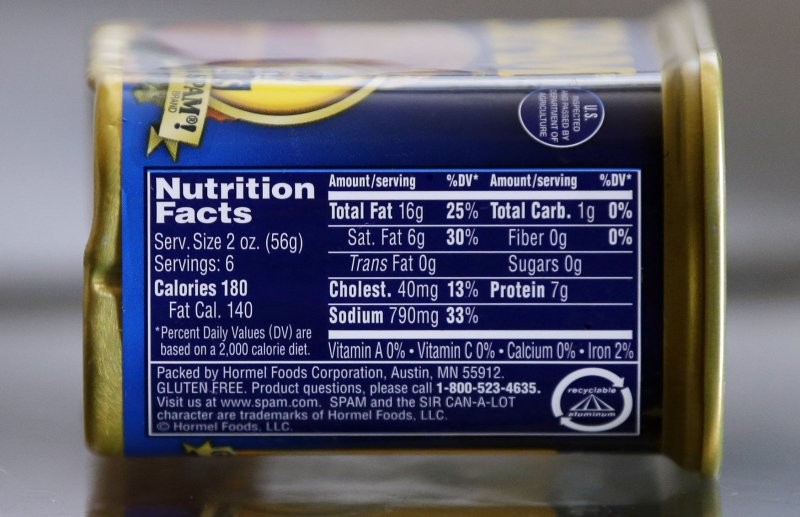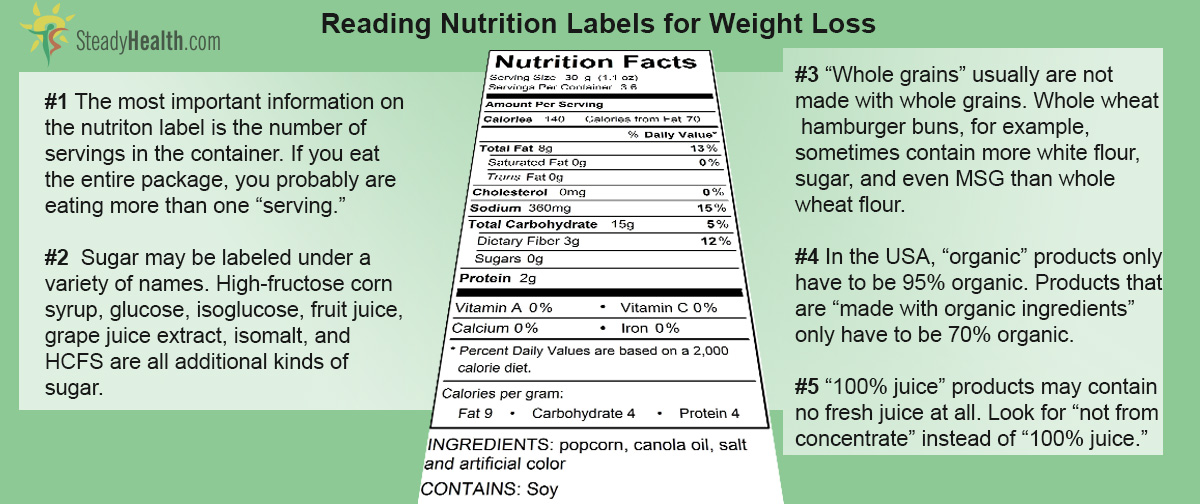41 nutrition facts panel on food labels
Nutrition Facts Label - IFT.org - Institute of Food Technologists The Nutrition Facts Label, also referred to as the Nutrition Facts Panel, on packaged food and beverage products is intended to help consumers make informed food choices that contribute to a healthy diet. The first Nutrition Facts Label regulations were published in 1993 and launched in 1994. › food › nutritionThe Basics of the Nutrition Facts Label The following is a quick guide to reading the Nutrition Facts label. Step 1: Start with the Serving Size Look here for both the serving size (the amount people typically eat at one time) and the number of servings in the package. Compare your portion size (the amount you actually eat) to the serving size listed on the panel.
Food Labeling & Nutrition | FDA Food labeling is required for most prepared foods, such as breads, cereals, canned and frozen foods, snacks, desserts, drinks, etc. Nutrition labeling for raw produce (fruits and vegetables) and ...

Nutrition facts panel on food labels
Nutrition Facts Label Guide | Food Labels | Custom Label Blog The Nutrition Facts may be presented on any label panel when the total surface available for labeling is 40 (or less than 40) square inches. Packages with more than 40 square inches of available space must place the nutrition information on either the Principal Display Panel (PDP) or information panel. Nutrition labelling | Food Standards Agency When providing nutrition information, you are required to declare: energy value. amounts of fat, saturates, carbohydrate, sugars, protein and salt. The content of the mandatory nutrition... Food Label FAQ: Using the Nutrition Facts Panel Look at the calories per serving to get an idea of how the food fits into your needs for the day. Per serving, the healthiest foods are low to moderate in calories but rich in nutrients. For example, if you're on a 1,600-calorie diet, a food with 400 calories per serving would take up 25% of your daily calories. It may not be worth it.
Nutrition facts panel on food labels. Food Label FAQ: Using the Nutrition Facts Panel U.S. Dietary Guidelines recommend roughly 3 servings a day (depending on age) of low-fat or nonfat dairy because dairy is packed with many nutrients, not just calcium. Dairy also has protein,... › nutritionsource › food-labelUnderstanding Food Labels | The Nutrition Source | Harvard T ... The Nutrition Facts Label. The Nutrition Facts label is overseen by the U.S. Food and Drug Administration (FDA) and was first mandated under the Nutrition Labeling and Education Act of 1990 to help consumers make quick, informed food choices. It has undergone revisions, with the latest update released in 2016. Changes are generally based on updated scientific information and input from the public regarding ease of use. Reading food labels shouldn't be complicated. Here's how to understand ... Health Canada. On June 30, Health Canada announced new nutrition labelling regulations that will require prepackaged foods high in saturated fat, sugars and/or sodium to display a front-of-package ... Nutrition Facts table formats - Food labels - Canadian Food Inspection ... Left justified at the top of the first column is the heading Nutrition Facts in bold. On the same line and at the top of columns 2, 3 and 4 are the subheadings Food 1, Food 2 and Food 3. These are placeholders for the different name or flavour variations of the food. Below the Nutrition Facts heading, in the first column, is Per HM.
How to Read a Nutrition Facts Label - WebMD This can give you a good idea of whether a food is a poor, OK, or good source of a nutrient. A Daily Value of 5% or less is "low" in a nutrient. A Daily Value of 20% or more is "high" in a ... My Food Product: Do I Need Nutrition Facts On My Labels? This is the number one rule that requires nutrition fact labeling. If any exemptions are met, your food still has to include nutrition facts if the label has any nutrient claims. Small businesses (your own or any that sell your product) that have more than $50,000 of food sales AND more than $500,000 of total sales. Dietary Supplement Facts Panel vs. Nutritional Facts Panel Certain nutrients are optional on the label unless you make a claim about them or if the product supplements this nutrient. Examples are: Polyunsaturated fat, monounsaturated fat, soluble fiber, insoluble fiber, sugar alcohol, and other carbohydrates. Vitamins and minerals other than vitamins D, calcium, iron, and potassium. Nutrition facts label - Wikipedia The nutrition facts label (also known as the nutrition information panel, and other slight variations) is a label required on most packaged food in many countries, showing what nutrients and other ingredients (to limit and get enough of) are in the food. Labels are usually based on official nutritional rating systems.
› scripts › InteractiveInteractive Nutrition Facts Label - Food and Drug Administration Nutrition Facts label and discover the wealth of information it contains! Nutrition Facts 4 servings per container Serving size 1 1/2 cup (208g) Amount Per Serving 240 Calories % Daily Value* 5%... Understanding Food Nutrition Labels | American Heart Association When the Nutrition Facts label says a food contains "0 g" of trans fat, but includes "partially hydrogenated oil" in the ingredient list, it means the food contains some trans fat, but less than 0.5 grams per serving. So, if you eat more than one serving, you could end up eating too much trans fat. Nutrition information panels - Food Standards Nutrition information panels (NIP) on food labels provide information on the average quantity of energy in kilojoules or in kilojoules and kilocalories and these nutrients: protein fat saturated fat carbohydrate sugars sodium - a component of salt. templatesumo.com › business › nutritional-factsNutrition Facts: Download 10 Free Nutrition Label Templates Nutrition Facts Template For Illustrator Adobe Illustrator can be used to edit and customize pdf files. Inside the Label Formats, Nutritional panel contents can quickly be pasted after copying. Check and ensure about all the label contents before taking out prints. Nutrition Facts Template For Word / Nutrition Facts Template For Excel
› food › new-nutrition-facts-labelHow to Understand and Use the Nutrition Facts Label | FDA Feb 25, 2022 · Overview. The information in the main or top section (see #1-4) of the sample nutrition label (below) can vary with each food and beverage product; it contains product-specific information ...
› food › nutrition-education-resourcesThe New Nutrition Facts Label | FDA The U.S. Food and Drug Administration (FDA) has updated the Nutrition Facts label on packaged foods and drinks. FDA is requiring changes to the Nutrition Facts label based on updated scientific...
Food labels 101: Understanding the nutrition facts panel The guideline is that five percent or less is low in a nutrient and 20 percent or more is high. For example, if a nutrition facts panel says that the %DV for calcium is 20 percent and iron is four percent, then you know that the food item is high in calcium but low in iron. Note: There is no %DV for sugars, trans fat and protein.
Nutrition facts tables - Canada.ca There are 13 core nutrients that must be listed in a nutrition facts table. However, here is a list of some of the nutrients that are optional to include: folate magnesium niacin phosphorous potassium riboflavin selenium thiamine vitamin B12 vitamin B6 vitamin D vitamin E zinc Foods that do not have a nutrition facts table
your own Nutrition Facts Labels | Nutrition Facts ... Nov 17, 2021 · Get your nutrition facts panel FDA compliant HERE! January 18, 2021 New label formats available: " Standard Vertical ", " Infants through 12 Months of Age ", " Children 1-3 Years "
FDA Nutrition Label Update: How to Read the New Food Label | U.S. News ... The majority of Americans use the Nutrition Facts label to guide their food choices. According to an FDA survey, 87% of U.S. adults have looked at the Nutrition Facts panel. The top four factors...
Food Label FAQ: Using the Nutrition Facts Panel Look at the calories per serving to get an idea of how the food fits into your needs for the day. Per serving, the healthiest foods are low to moderate in calories but rich in nutrients. For example, if you're on a 1,600-calorie diet, a food with 400 calories per serving would take up 25% of your daily calories. It may not be worth it.





Post a Comment for "41 nutrition facts panel on food labels"